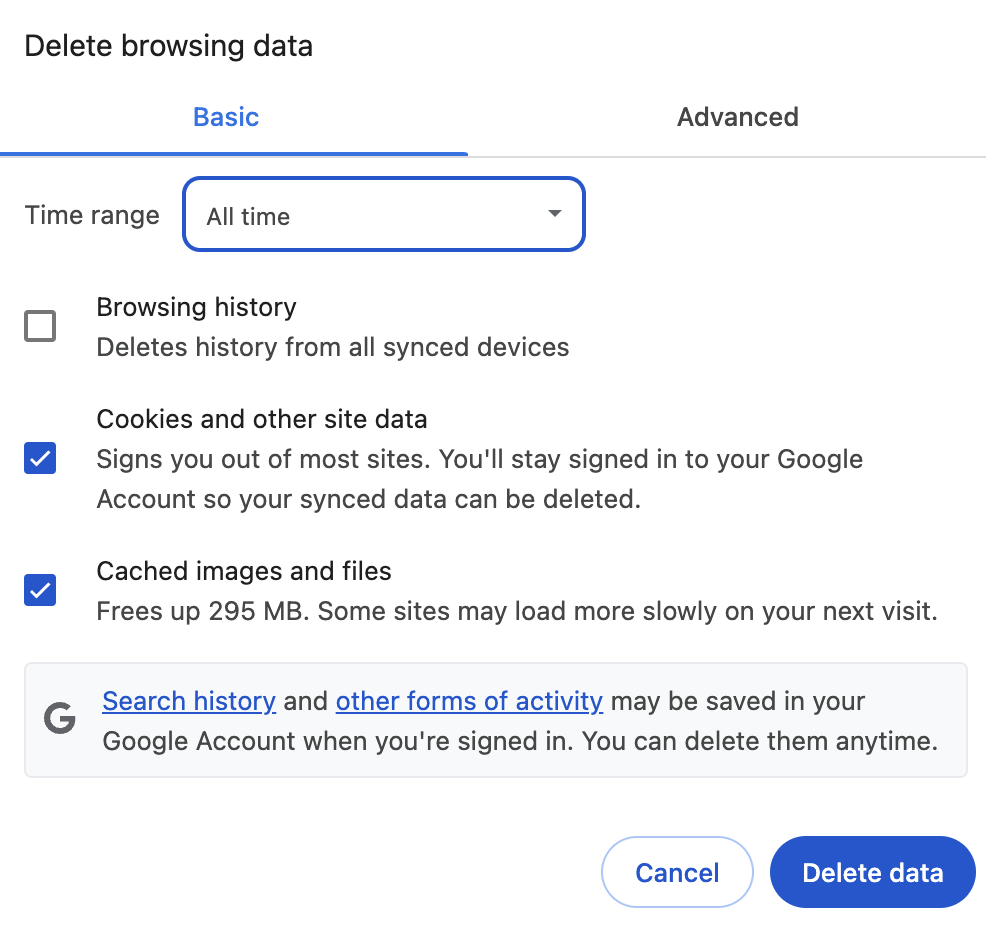
For example, Vertex AI Agent Builder provided easy tool integration for leveraging:
Internal knowledge: Grounding with Vertex AI Search tool was leveraged to ground Gemini to private document corpus, such as internal research notes, using, enabling agents to answer questions based on Schroder’s proprietary data.
Structured data: To simplify financial data querying for analysts in BigQuery, agents employed a custom tool to translate natural language into SQL queries.
Public web data: The team integrated Grounding with Google Search tool for handling real-time public information like news and market sentiment.
Vertex AI’s flexible orchestration supports both native function calling and frameworks like LangGraph, CrewAI, and LangChain, allowing the team to prototype its multi-agent system with function calling before transitioning to a specific framework. In addition, Vertex AI offers seamless integration with other Google Cloud services and tools that help facilitate rapid agent governance and management, including Cloud Logging, Cloud Monitoring, IAM Access Control, Vertex AI evaluation, BigQuery and more.
The evolution of the Vertex AI to support building multi-agent systems, including the latest Agent Development Kit (ADK) and Agent-to-Agent (A2A) protocol, offers future opportunities to further streamline agent development, productization, and integration with existing agent deployments.
Framework choices and implementation tradeoffs
One of the most critical decisions was framework selection for agent orchestration. Initially, native function calling helped Schroders get familiar with Vertex AI Agent Builder and develop agent-building best practices. This approach kept things simple to start with and allowed finer-grained control and reliability over agent interactions and tool invocation, providing easier debugging and faster iterative development for simple, linear agent design and workflows. However, it also required significant custom code to manage state and errors, track dependencies, and handle retry and control logic — all of which created significant complexity.
With a solid foundation in individual agents, Schroders decided to explore integrating multiple agents for achieving complex tasks and quickly recognized the need for a framework for better workflow state and inter-agent dependency management. Subsequently, the team transitioned to LangGraph, an open-source, multi-agent framework, primarily for its state management capabilities, native support for cyclical complex workflows and human in the loop checkpoints, which allow an agent to complete a task, update the state, and pass it to the configured sub agent. The adopted parent-child graph structure requires managing both parent and child agent states; child agents complete tasks with the parent graph leading the orchestration. This structured hierarchy often ends with a “summary” node aggregating child results. Each child stores its tool calls and AI messages before writing its final output to the parent.
Key features and system architecture deep dive
Schroder’s multi-agent system is designed for intuitive, flexible end-user interaction. An analyst creates an agent by providing a name, a description, prompt template sections (e.g., objective, instructions, constraints), and selecting tools. For example, an agent that receives the user query, “Summarize recent earnings and news sentiment for Company X, highlighting any changes in management guidance,” would need access to company documents and market news tools. Agent configurations are versioned in Firestore, ensuring robust management for Create, Read, Update, and Delete (CRUD) operations.
A “quick chat” function allows users to smoke-test agents and tweak prompts. Tested agents join a pool of available agents, which users can then combine agents into “workflows” — directed graphs for multi-step processes. For instance, a Porter’s 5 Forces analysis agent will use pre-built agents and tools like Vertex AI AutoSxS Model Evaluation alongside child agents that integrate current information or internal document insights.
The following diagram illustrates the Google Cloud architecture for orchestring agents:
Source Credit: https://cloud.google.com/blog/topics/customers/how-schroders-built-its-multi-agent-financial-analysis-research-assistant/




